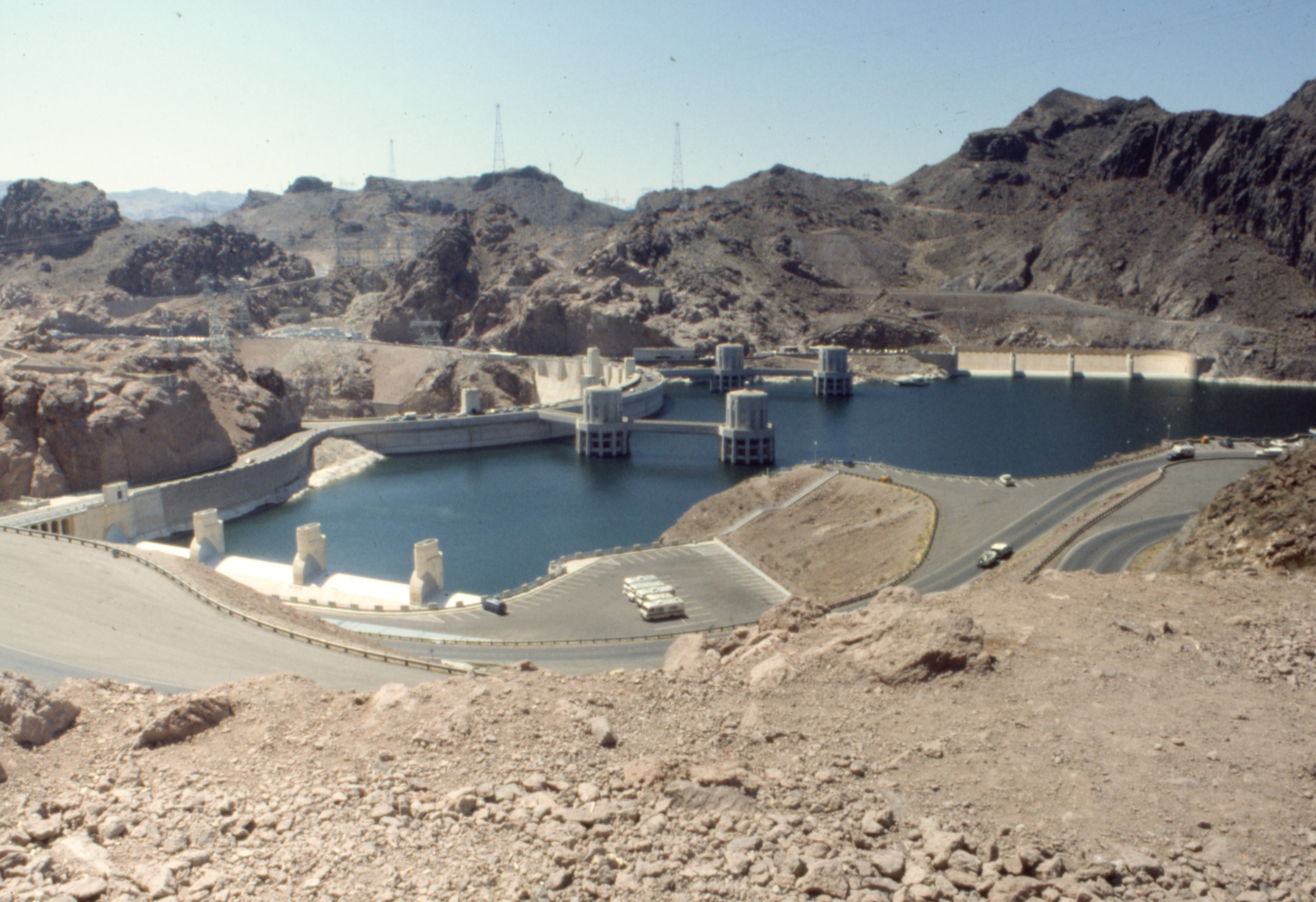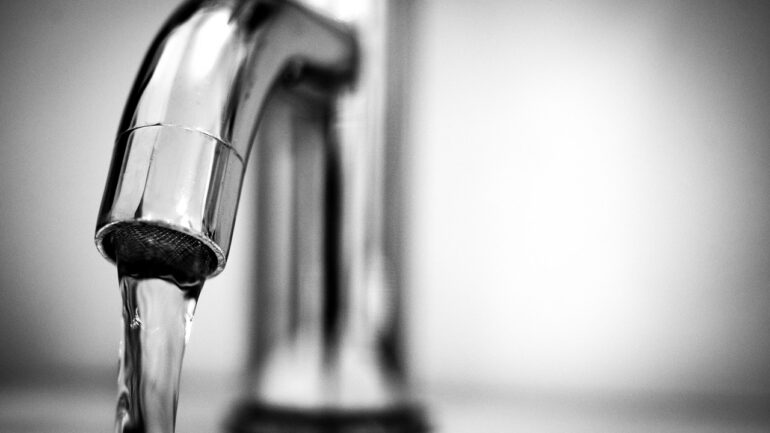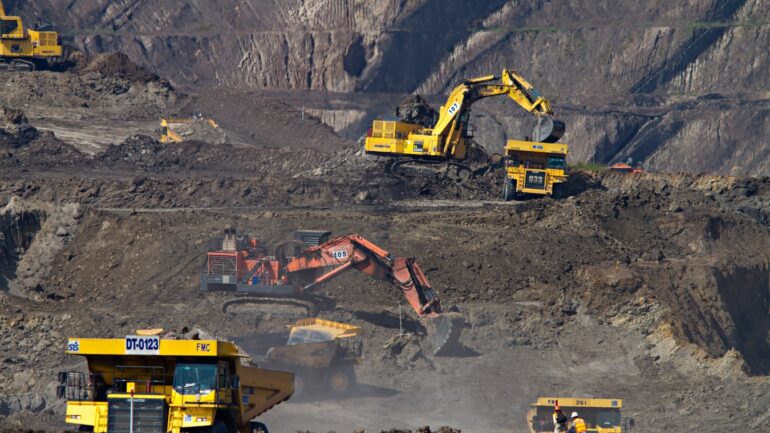By Rose Delaney, Staff Writer & Researcher for Save The Water™ | February 9, 2010
Brumadinho Dam Collapsed: Loss of Life and Missing Workers
On the 25th of January, a dam collapsed in Brumadinho, located in the state of Minas Gerais, Brazil. As a result of the burst, the collapse caused a mudslide and the loss of 142 lives.1,2 Moreover, the dam’s collapse released a wave of red iron ore waste, which could lead to widespread water contamination. This could endanger more lives and the environment in the months ahead. Now that no one expects to find many more survivors, the Brazilian people must face dangerous chemicals, dangerously polluted waters, and possibly severe health impacts for the survivors and their neighbors.
As Erin Fee, STWTM Researcher and Writer, highlights in her article, in addition to the risks of drowning and structural damage caused by dam bursts, “floodwater is teeming with dangerous contaminants. Contaminants can be any physical, chemical, biological, or radiological substance or thing in water.”3
Moreover, as Save The Water™ Writer and Editor, Nick Law, highlights in his insightful article, since exposure to heavy metal contaminants can result in harms to human health, mines must scrupulously manage their wastewater. Therefore, mining operations must develop water management plans, in addition to water control techniques such as recycling water used for processing ore.11
“Unlawful” Mining Risk
Vale, a Brazilian mining company, operates the dam. Consequently, in the aftermath of the Brumadinho dam collapse, Vale released a list of 412 employees and contractors who were missing.5
Indeed, Romeu Zema, Minas Gerais State Governor, did not expect many survivors. In an interview with The Guardian, he stated, “We know now that the chances of having survivors are minimal and that we will probably rescue bodies.”2
Interestingly enough, the Brazilian State of Minas Gerais expedited the license to Vale to expand in December 2018 because of a “decreased risk.” However, Brazilian preservation groups claimed that issuing the license was unlawful.1 The State of Minas Gerais has since canceled Vale’s license to operate the dam.8
Devastation Caused by 2015 “Mariana” Dam Collapse
Just three years before the Brumadinho dam collapse, another dam collapsed in Mariana, Minas Gerais approximately 102 miles away. In this case, it is widely considered to be Brazil’s worst environmental disaster for six reasons. First, it resulted in the loss of over 600 homes. Second, it severely contaminated the region’s most important river, Rio Doce.9 Third, the dam harmed mineral water supplies. Fourth, the disaster threatened the livelihoods of the region’s fishermen. Fifth, nineteen people died as a result of the dam collapse. Lastly, the environmental damage caused could take the ecosystem up to 50 years to recover from the catastrophe.1,2
Especially important, a different mining company, Samarco, owned the Mariana dam. After the dam collapsed, the mudslide covered the village of Bento Rodrigues. But the mudslide wasn’t just dirt and clean water, it contained highly toxic substances such as mercury, arsenic, lead, and other heavy metals.5 Basically, in high concentrations, these highly toxic substances in water can cause long-term illnesses such as cancer or death.11
Furthermore, the Mariana toxic mudslide reached the Brazilian coasts of the Atlantic Ocean.5 And the contamination was evident; 300 miles of the Rio Doce stretching to the Atlantic Ocean turned an abnormal shade of luminescent orange.6
Mariana displaced 350 families located near the dam and affected the indigenous Krenak Indian community. The community resides along the shores of the now contaminated river and relied on imported drinking water and food deliveries after the dam collapsed.5
Long-term Effects of Mining Dams that Collapsed
After the dam collapsed in 2015, at least 13 people died from incessant flooding. And many communities along the river have suffered from diarrhea and vomiting as the toxic mud contaminated their water supply.
Significantly, it is estimated that the surviving ecosystem could take anywhere from 10 to 50 years to regenerate, including 11 native fish species on the brink of extinction.7
Like the Mariana dam collapse, what the long term effects of the current dam collapse in Brumadinho, including how much water it will contaminate, remains to be seen.5
Times Are Finally Changing
Evidently, regulators learned few lessons from the Mariana environmental disaster. According to Marcos Freitas, Executive Coordinator of the Instituto Virtual Internacional de Mudanças Globais (IVIG) the environmental tragedy was a direct consequence of Samarco’s negligence.6 Samarco had actually predicted the potential impact of such a disaster in a worst-case risk assessment conducted six months before the dam collapsed.10
As Marina Silva, a former environmental minister, tweeted, “It’s unacceptable that government and mining companies haven’t learned anything (from Mariana).”5
Additionally, an international nonprofit organization also criticizes the lack of improvement. For example, Nilo D’Avila, GreenPeace Campaigns Director, echoed Silva’s statement by noting that the Brumadinho disaster resulted from the Brazilian state and its leading mining companies not making improvements since Mariana. Certainly, D’Avila said, “Cases like these are not accidents but environmental crimes that should be investigated, punished and repaired.”2
Although the three companies that operated the Mariana dam, Samarco, Vale, and BHP Billiton, paid millions in fines and spent more than $1 billion USD on a relief operation, no individual has been investigated or convicted in connection to those disasters.1
But times are changing. For example, the Brazilian police have arrested 5 people, including 3 Vale officials, in an ongoing investigation into the Brumadinho disaster.12
Save the WaterTM Solution to Threats Posed by Floodwater
Undoubtedly, the planet is consistently exposed to the threat of water contamination such as the “Brumadinho” and “Mariana” dam collapses in Brazil.
Therefore, the importance of adopting water purification processes is vital, especially to prevent what press outlet “Estado de São Paulo” has described as ongoing “unpreparedness, administrative incompetence, technical incapacity, and political irresponsibility” in the face of natural disasters.13
In other words, by drawing on lessons learned and executing effective disaster prevention planning, we could mitigate the threats posed by natural disasters ahead of time.
As Erin Fee, STWTM Staff Writer and Researcher points out in her article, “These processes need to be affordable, efficient, comprehensive, and reliable.” For example, at Save the WaterTM we have found great potential in electroflocculation as a means to decontaminate large volumes of water.3
Dam Collapses in Brazil: Three Ways You Can Help
Here are three ways you can help:
- Support organizations such as Conservation International that advocate for secure water supplies in Brazil and other countries through their “Water and Cities Initiative” and their “Nature is Speaking Campaign.”4
- Stay updated on global environmental concerns and decisions. Certainly, whatever happens in one country subsequently affects another. For example, you could check out international water initiatives conducted by UN-Water.
- Consider donating to Save the Water TM to advance water-related research and raise awareness on global contamination threats.
References
- Dom Phillips. February 6, 2019. “That’s Going to Burst: Brazilian Workers Say They Warned of Disaster.” The Guardian. https://www.theguardian.com/world/2019/feb/06/brazil-dam-collapse-workers-say-they-warned-owners
- Dom Phillips. January 26, 2019. “Brazil Dam Collapse: 10 Bodies Found and Hundreds Missing.” The Guardian. https://amp.theguardian.com/world/2019/jan/25/brazil-dam-collapse-news-latest-mining-disaster-brumadinho
- Erin Fee. November 5, 2018. “Electroflocculation: A Potential Solution to Floodwater Dangers.” Save the WaterTM. https://savethewater.org/2018/11/05/electroflocculation-potential-solution-floodwater-dangers/
- Molly Bergen. August 13, 2015. “Three Ways Brazil’s Environmental Decisions Impact the World.” Conservation International. https://blog.conservation.org/2015/08/3-ways-brazils-environmental-decisions-impact-the-world/
- BBC. January 26, 2019. “Brazil Dam Collapse: Search for Hundreds Buried under Mud Slide.” BBC. https://www.bbc.com/news/av/world-latin-america-47014597/brazil-dam-collapse-search-for-hundreds-buried-under-mud-slide
- The Associated Press. November 6, 2015. “Brazilian Village Buried in Mudslide.” CBC. https://www.cbc.ca/news/world/brazilian-village-mudslide-1.3308417
- Vincent Bevins. December 20, 2015. “As Brazil Mine Spill Reaches Ocean, its Catastrophic Extent becomes Clear.” L.A. Times. https://www.latimes.com/world/brazil/la-fg-brazil-spill-20151220-story.html
- Ana Mano and Christian Plumb. February 6, 2019. Brazilian State Cancels Vale Licenses at Two Mines in Wake of Disaster. Reuters. https://www.reuters.com/article/us-vale-sa-disaster/brazilian-state-cancels-vale-licenses-at-two-mines-in-wake-of-disaster-idUSKCN1PV1NU
- David Gormezano, Tommaso Protti and Sam Cowie. “The Mariana Mining Disaster.” France
http://webdoc.france24.com/brazil-dam-mining-disaster-mariana/ - Dom Phillips. March 1, 2018. “Brazil Dam Disaster: Firm Knew of Potential Impact Months in Advance.” The Guardian. https://www.theguardian.com/world/2018/feb/28/brazil-dam-collapse-samarco-fundao-mining
- Nick Law. October 14, 2015. “Mines like the Gold King Mine Threaten Water with Heavy Metals, Such as Lead and Arsenic – Mines Must Treat Water.” Save the WaterTM. https://savethewater.org/2015/10/16/mines-contaminate-water/
- BBC. February 7, 2019. “Nearly 700 Evacuated in Brazil over Mine Safety Concerns.” BBC. https://www.bbc.com/news/world-latin-america-47173002
- Sanhita Reddy. January 26, 2011. “In Deep Water: Reporters Explore Socio-Economic Complexity Underlying Floods in Brazil, Australia.” The Observatory. https://archives.cjr.org/the_observatory/in_deep_water.php





